Showing 11-20 of 44 results
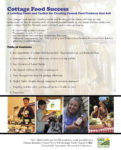
Cottage Food Success: A Labeling Guide and Toolkit for Creating Canned Food Products that Sell
Ideas and step-by-step instructions to increase sales of canned products made in your home kitchen under your state’s cottage food law.
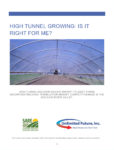
High Tunnel Growing: Is it Right for Me?
A report to assist farms incorporating high tunnels for market competitiveness, with research from West Virginia's Mid-Ohio River Valley.
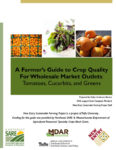
A Farmer's Guide to Crop Quality for Wholesale Outlets
A simple guide to crop quality focused on tomatoes, cucurbits and greens, with photos of good and poor crop quality as well as best practices for post-harvest handling.
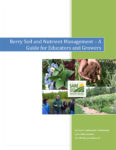
Berry Soil and Nutrient Management Guide for Educators and Growers
This manual has been designed as a comprehensive guide for educators and commercial berry growers interested in improving berry crop soil and nutrient management.
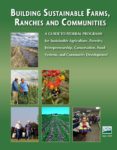
Building Sustainable Farms, Ranches and Communities
This guide lists funding opportunities offered by federal programs, and is indispensable for anyone seeking government help to foster their innovative enterprise in forestry and agriculture.

The Small Ruminant Toolbox
This Small Ruminant Toolbox is a large collection of publications, presentations and other resources that will be helpful to small ruminant producers and educators.
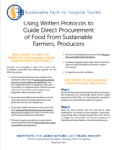
Farm to Hospital Toolkit
Tools farmers and hospitals can use to increase direct hospital purchases from local producers.
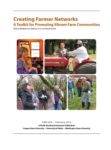
Creating Farmer Networks: A Toolkit for Promoting Vibrant Farm Communities
This toolkit provides information and resources needed to create a successful farmer network. It is intended for farmers, extension agents, community organizers, and other agricultural professionals.
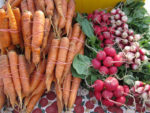
Walk-In Coolers for Winter Storage
Resources for farmers interested in on-farm winter storage options for season extension. Each resource offers a case study for a specific facility construction, and both outline important considerations for a winter storage facility.
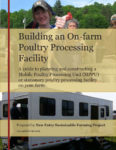
Building an On-Farm Poultry Processing Facility
Plan and construct a mobile poultry processing unit or stationary facility for on-farm processing.